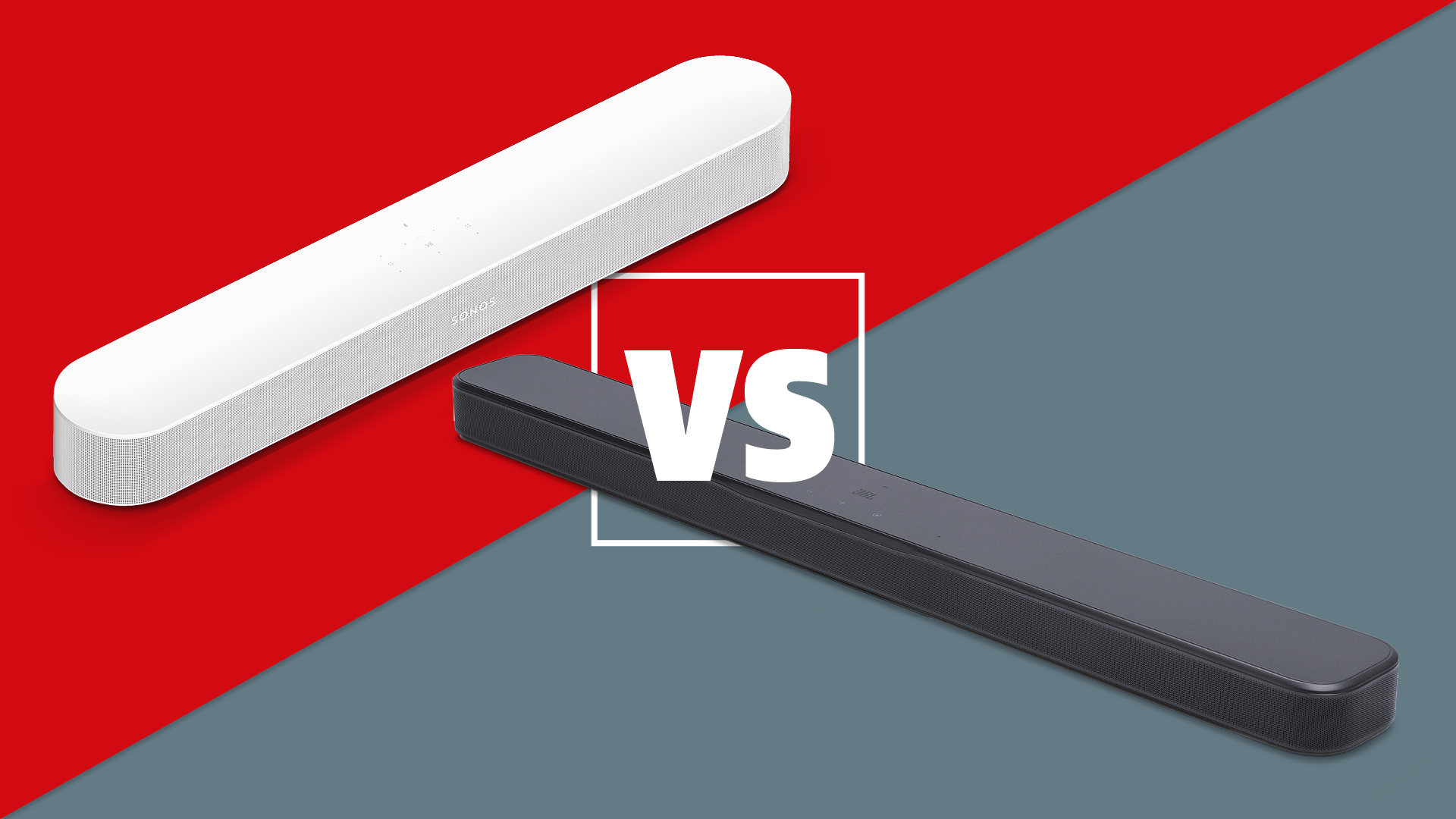PS5 vs Xbox Series X: which is better for movies as well as games?
The PS5 and Xbox Series X do battle on specs, price, features and performance
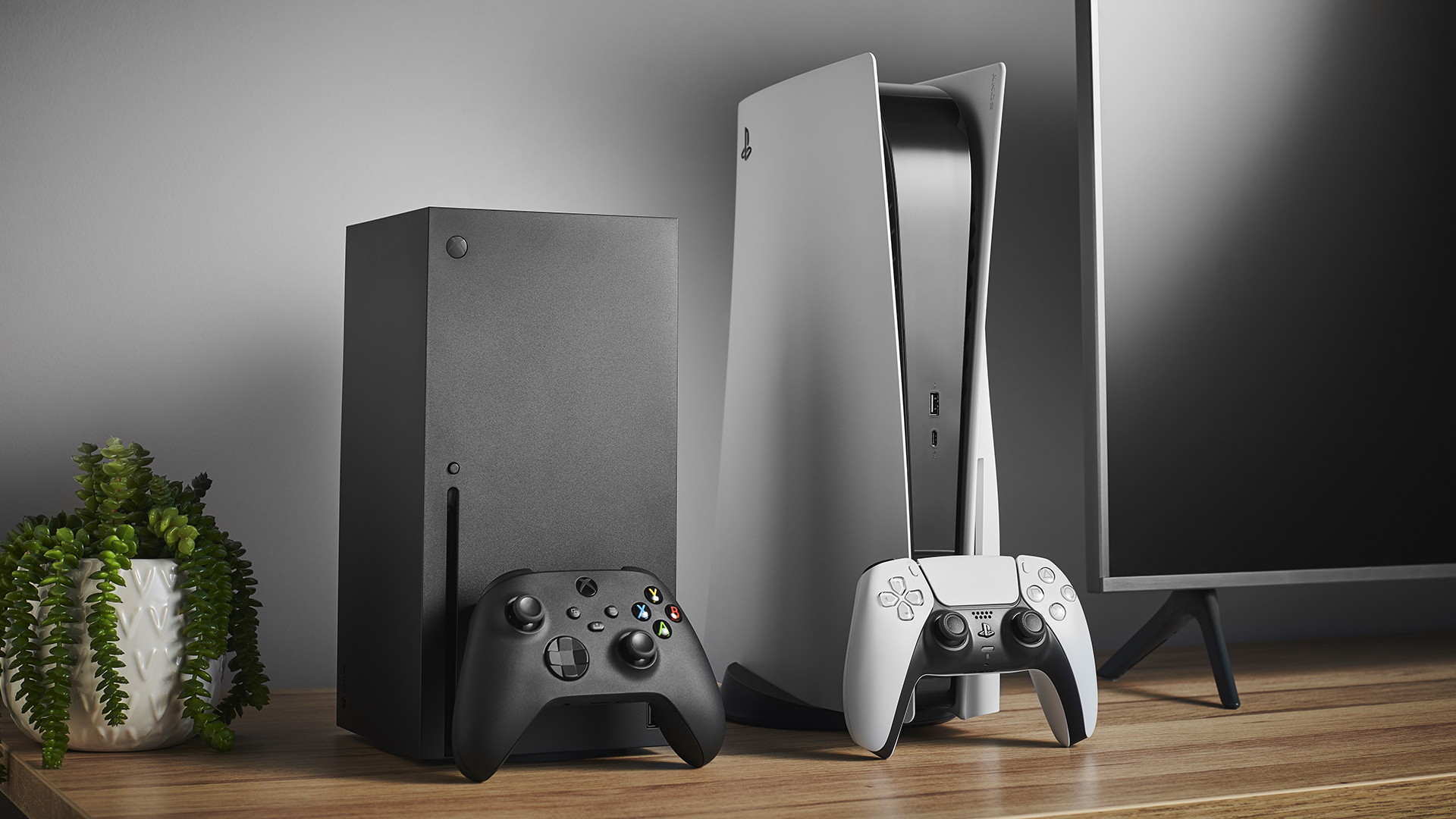
Sony and Microsoft's rivalry has been raging for over 20 years now, with their respective PlayStation and Xbox consoles standing the test of time as the premier options for mainstream gamers.
Of course, the latest iterations of these consoles are the PlayStation 5 and Xbox Series X. While their primary use case is to run blockbuster titles such as Call of Duty: Black Ops 6, Grand Theft Auto V, and The Last of Us Part II in up to 4K/120Hz resolution (a far cry from the 1080p limit of the last generation), they're also primed for movie and TV watching.
Both consoles feature 4K Blu-ray drives (depending on the configuration you purchase), as well as a comprehensive list of supported streaming services. In fact, we'd be willing to bet that these consoles are the most widely available 4K Blu-ray players on the market.
The real question is – of course – which one should you buy? If you're a diehard Xbox fan, or you've been team PlayStation since the first console launched in 1994, then that question sort of answers itself.
However, if you're on the fence, looking to buy your first console, or thinking of switching sides, then that question is a bit trickier to answer. Luckily for you, we've put these consoles in a head-to-head battle, so you can decide which console should take pride of place in your home cinema setup.
May 2025: Updated pricing section to reflect price increase news, and PlayStation wins the "games" section thanks to Xbox launching previously exclusive titles on the PS5.
- Here's our PlayStation 5 review
- Read our full Xbox Series X review
- And our Xbox Series S review
PS5 vs Xbox Series X: price
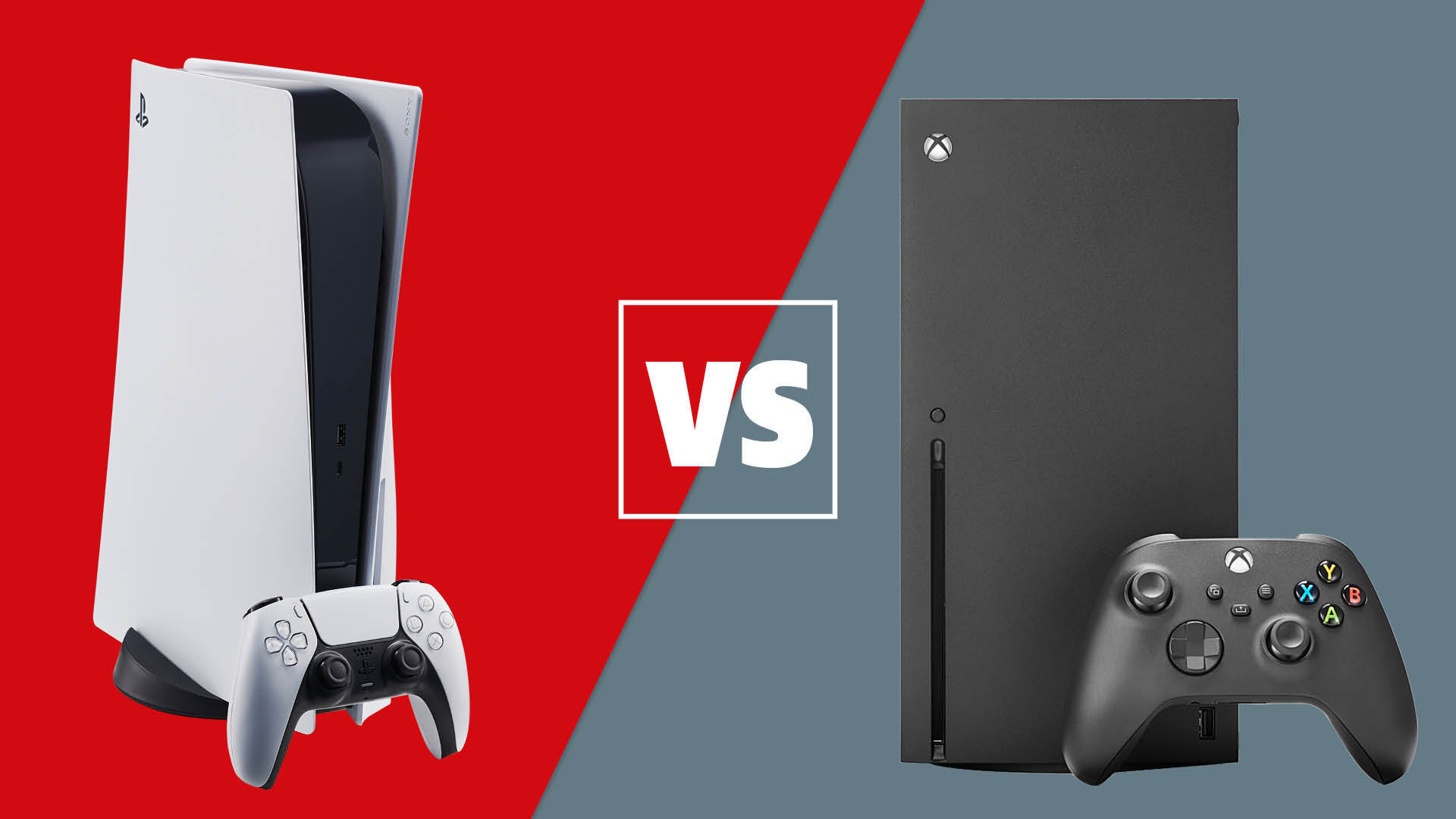
Pricing for both consoles has fluctuated since launch, with both Sony and Microsoft announcing price increases to their consoles, accessories and games in the last month. It's worth noting that the PS5 Slim has succeeded the original PS5, though it, too, can be bought in two configurations.
The PlayStation 5 currently costs £480 / $500 / AU$830 with the detachable 4K Blu-ray drive included, whereas the PS5 Digital Edition has just been subjected to a price increase in the UK and Australia, which raises the price to £430 / AU$750, though the price remains at $450 in the US.
The latest hi-fi, home cinema and tech news, reviews, buying advice and deals, direct to your inbox.
The Xbox Series X, on the other hand, has also seen some changes since launch, with price increases also announced for Microsoft's full Xbox lineup. There is now a digital version of the Series X, which costs £450 / $550 / AU$699, or the version with the disc drive can be yours for £500 / $600 / AU$799.
No matter how you look at it, these consoles are expensive, and the prices just keep rising. That being said, the PS5 is slightly cheaper than the Xbox Series X in both configurations, though we're talking by a very small margin, so we're willing to chalk this up as a draw.
** Winner: Draw **
- Our pick of the best gaming TVs
PS5 vs Xbox Series X: design
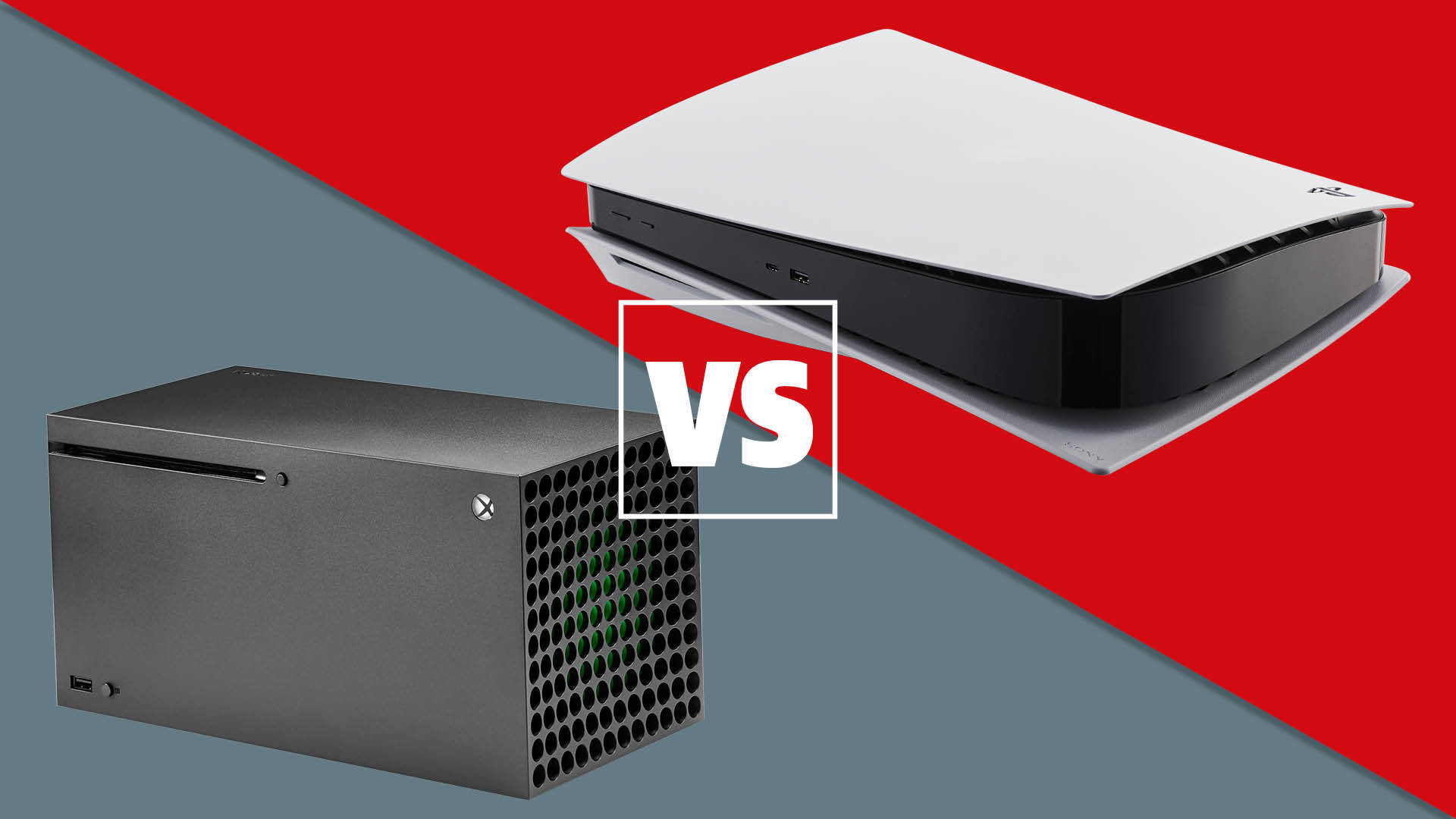
The two consoles look strikingly different.
The design of the Xbox Series X looks not too dissimilar to a matte black tower PC – a clear departure from the Xbox One – that can be stood vertically or laid horizontally. It measures 30 x 15 x 15cm (hwd), weighs 4.45kg and works with a 130mm fan that draws cool air up through vents in the bottom and sends hot air out through outlets at the top. Unlike previous generations of Xbox, there's no HDMI input or optical output.
Compared with the quite utilitarian appearance of the Xbox Series X, the PS5 looks very sci-fi. Its curvaceous lines and glossy white finish contrast with the Xbox's sharp, geometric silhouette and stealthy matte black paint.
Some say that the PS5's white shell has the look of a high-collared catsuit, with an opening that plunges down to create a 'V' that could denote that this is the fifth-generation PlayStation.
As for dimensions, the original PS5 was absolutely huge, but the new Slim version is around 30% smaller and 24% or 18% lighter, depending on whether you go for a disc drive or not. The dimensions of the disc drive version are 9.6 x 36 x 22cm (hwd) when lying down, and the weight is 3.2kg. It can also stand up but, as mentioned, you need to buy the vertical stand separately.
Like the Xbox Series X, the PS5 uses a single fan that is unusually large (by console standards) to keep itself cool, which it does very quietly indeed. Unlike the Xbox Series X, it’s not completely inaudible in a silent room, but the consistent whirr is quiet enough to be drowned out by any sound coming from your TV or sound system.
With both consoles, the disc drive is noisier than the fan, particularly when playing a 4K Blu-ray. Here, though, we pegged the original PS5 (we've not yet had a chance to measure the Slim model) at about 5dB quieter than the Xbox. That’s enough to make a difference and, while neither will intrude on your movie soundtrack, you are more likely to notice the Xbox in the quieter moments. It isn’t an issue with games, at least, as even those bought on disc run primarily from the consoles’ built-in storage.
Ultimately, while the Xbox is the duller-looking of the two consoles, it's also the more practical. However, the Slim model of the PS5 meaningfully reduces the heft of the original version, making it easier to fit inside tighter spaces.
The choice here comes down to whether you want a console with a more interesting design that may be a tad tougher to fit in your entertainment console, or if you'd prefer a safer look with a device that's more traditional.
** Winner: Draw **
- Best gaming headsets on the market
- PS5 vs PS5 Digital Edition: which should you buy?
PS5 vs Xbox Series X: specs
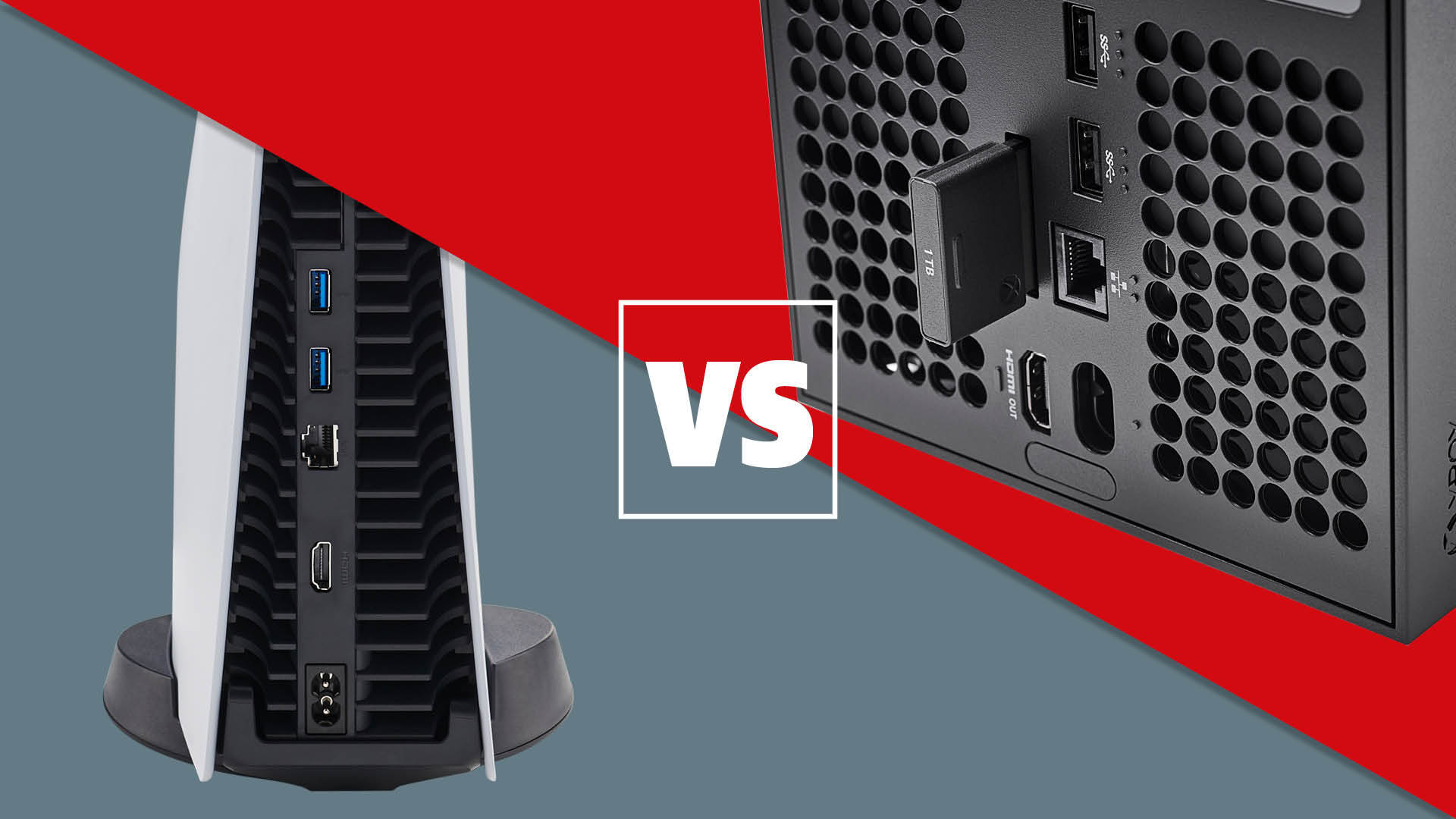
In the battle of the spec sheets, the PS5 appears to lose out against the Xbox Series X. Both have 8-core CPUs from AMD, but the Xbox’s are clocked at 3.8GHz while the PS5’s are 3.5GHz. Both consoles also use AMD graphics processors, with the Xbox’s providing 12 teraflops of power to the PS5’s 10.28 teraflops.
Both consoles use SSDs (solid-state drives) rather than mechanical hard disk drives, with Microsoft offering a terabyte of storage to the PS5’s 825GB. But the way Sony has designed and integrated the PS5’s storage makes it so fast (more than twice as fast as that of the Series X, in fact) that it essentially boosts overall console performance.
While the original PS5 featured 825GB of internal storage, the updated Slim models sport the same full-fat 1TB you see on Xbox Series X.
But neither console uses its power to deliver 8K. Despite 8K being mentioned at various times by both companies in the run-up to launch, it's simply not an option in the menus of either machine. Instead, in both cases, 4K at 60Hz is the performance target, with 120Hz and/or some fancy next-gen graphical features available via some games.
Of those next-gen graphical features, it's ray tracing that's most significant. This new (to console) technology massively improves lighting, shadows and reflections, and has the potential to transform almost everything you see on screen, making games look vastly more realistic. Both consoles support it.
In a number of cases, games allow you to choose between prioritising presentation or performance, which often boils down to a choice between ray tracing or higher frame rates. It's worth pointing out, though, that 120fps gaming is only available if your TV supports 4K@120Hz signals. Thankfully, many such TVs are now available, though they do still command a bit of a premium. Check out our list of the best gaming TVs to find the right model for you.
ALLM (Auto Low Latency Mode) and VRR (Variable Refresh Rate) are becoming more common on TVs, and the latter in particular is a real boon for gaming. Both consoles support these features. Both consoles also now support Dolby Atmos for gaming, streaming and Blu-rays.
One point of difference is that the Xbox Series X support Dolby Vision gaming whereas the PS5 does not. In practice, this isn't a huge deal, particularly as TVs that support Dolby Vision gaming (particularly up to 4K/120Hz) are still fairly limited, but it can be nice to have.
Ultimately, in action, there's very little to choose between the two consoles in terms of gaming performance. Play the same game on both consoles and graphical fidelity and performance are nearly identical, and they both load titles in the blink of an eye. Any gulf in performance may become more evident as true made-for-next-gen games become more advanced and graphically demanding but, at the moment, they're pretty neck and neck.
If you're into Virtual Reality, though, you will need to side with PlayStation. PSVR2 launched at the start of last year, and while Microsoft was once working on Xbox VR, it has since shelved that project.
Away from gaming, both consoles offer plenty of streaming apps, from Netflix and Amazon Prime Video, to Apple TV, Disney+ and YouTube. In the UK, both launched without BBC iPlayer, though Microsoft soon brought it to the Xbox consoles and Sony followed suit.
Sony has revamped PS Plus to better compete with the Xbox Game Pass subscription service, but it still doesn't offer top-tier games as soon as they launch, so it isn't really in the same league.
In terms of user experience, the PS5 had a significant lead at launch. This was because as soon as you turned the console on, it was clear that you were diving into the next-gen. While the Xbox Series X bizarrely seemed determined to convince you that it was just like the Xbox One you owned before it, the PS5 screamed newness from its sultry logos and 4K HDR user interface to its new home screen with game ‘cards’ that fill your screen and speakers when highlighted. It’s a fresh, super-stylish presentation, but familiar enough to ensure that existing PS4 gamers will quickly find their way about. The clear icons, logical layout and snappy operation aid its usability, too. Xbox has now closed the gap somewhat thanks to the launch of a new 4K dashboard. It still looks very familiar, though.
The PS5 has an even better next-gen trick up its sleeve in the form of Astro’s Playroom, which is pre-installed on the console. Not only is this a great platforming game in its own right, it also serves as an ingenious introduction to the DualSense controller’s many features, plus the super-polished, super-smooth 4K/60Hz presentation.
While the actual gaming performance is very similar across machines, these extra next-gen bells and whistles win the PS5 this round.
** Winner: PS5 **
- Everything you need to know about Variable Refresh Rate (VRR)
- Best gaming TVs: best TVs for Xbox, Nintendo and PlayStation
PS5 vs Xbox Series X: controllers
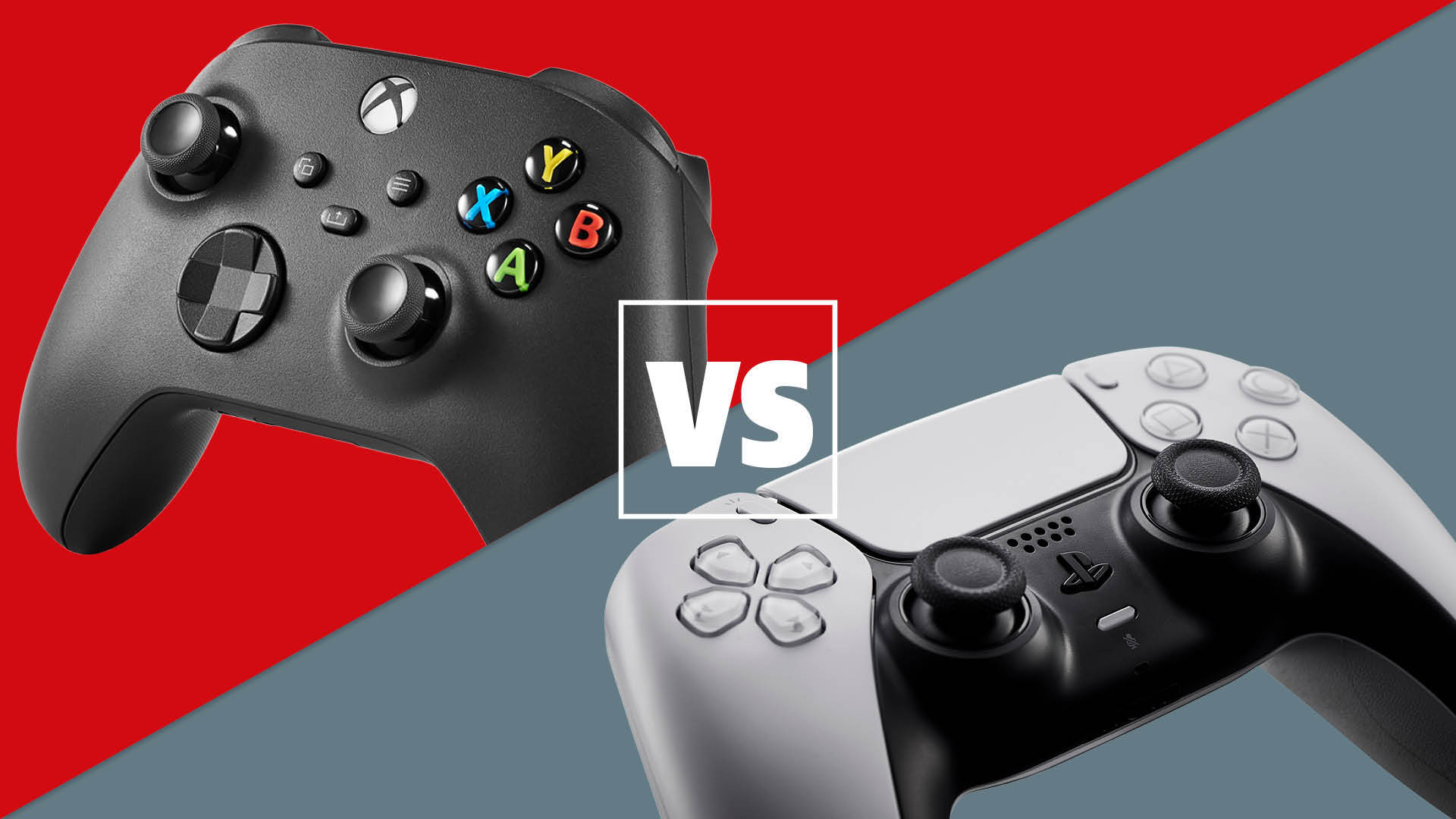
Both consoles come with natty new controllers, but there's no denying that the PS5's DualSense is the more significant and, ultimately, better of the two.
While most are unlikely to see or even feel the difference, the new Xbox controller is a little smaller than its predecessor, which should make it easier for younger and smaller gamers.
The underside is more prominently textured, too, and that mottled effect has also found its way to the surfaces of the two trigger buttons; these are matte rather than glossy, and curve to a less prominent peak. Overall, the new controller is a little easier to grip and more ergonomically advanced, which can only be good.
On the face of the controller is a new Share button, ‘inspired’ by that of the PS4’s DualShock 4. Tap the button to instantly save a screenshot, hold it down for a couple of seconds to capture the last 29 seconds of gameplay. The d-pad, meanwhile, has been tweaked to resemble that of the Elite Controller Series 2. This makes it more useful for games that require sweeping actions (combo-tastic fighting games, for example), without overly sacrificing the positivity of presses up, down, left or right.
The controller also features what Xbox calls Dynamic Latency Input (DLI), which is supposed to immediately synchronise each controller input with what you see on screen. Your TV's lag will also come into play here, of course, but speeding things up at any point in the process can only be a positive. Certainly, the console feels eager to respond to commands, though how much of that is down to DLI and how much is down to the console’s increased performance elsewhere is hard to know.
The Series X controller is better than the already excellent controller before it, but not drastically so. We wouldn’t recommend rushing out to replace your controllers, and you don’t need to either: Xbox One controllers work just fine with the Series X.
It's a different story with the PS5's DualSense, though, which is a massive step up from the DualShock 4 that preceded it and is packed with technology that helps immerse you in the games you play in new and inventive ways.
It’s all down to a series of motors that provide haptic feedback as well as resistance in the triggers. Pull down the left trigger to aim down the sites of a gun in Call Of Duty: Black Ops Cold War and the resistance under your finger varies, depending on the weight of the weapon. Pull the right trigger and the first bit of movement is light before you get to a sort of bite point that you need to click through to fire the gun.
Switch to Astro’s Playroom and you can feel raindrops as they land on the character's umbrella. It may sound gimmicky but, thanks to the quality of the engineering and the way it’s seamlessly integrated with the visuals and sound, the reality is far from it.
The DualSense is bigger than the PS4’s DualShock 4 and quite weighty, too. The general shape and button layout is the same, though, and if you’re comfortable gaming on a PS4, you should have no problem here.
One other addition that’s fairly easy to miss (and even dismiss) is the DualSense’s integrated microphone, which has its own mute button above. This allows you to plug any pair of standard wired headphones into the bottom of the controller while still being able to communicate with friends in online games.
That's a particularly big deal because any standard headphones plugged into the DualSense can take advantage of the console’s bespoke 3D audio technology. The controller’s integrated microphone makes voices sound tinny, but clarity is decent as long as there isn’t much background noise.
** Winner: PS5 **
PS5 vs Xbox Series X: picture quality
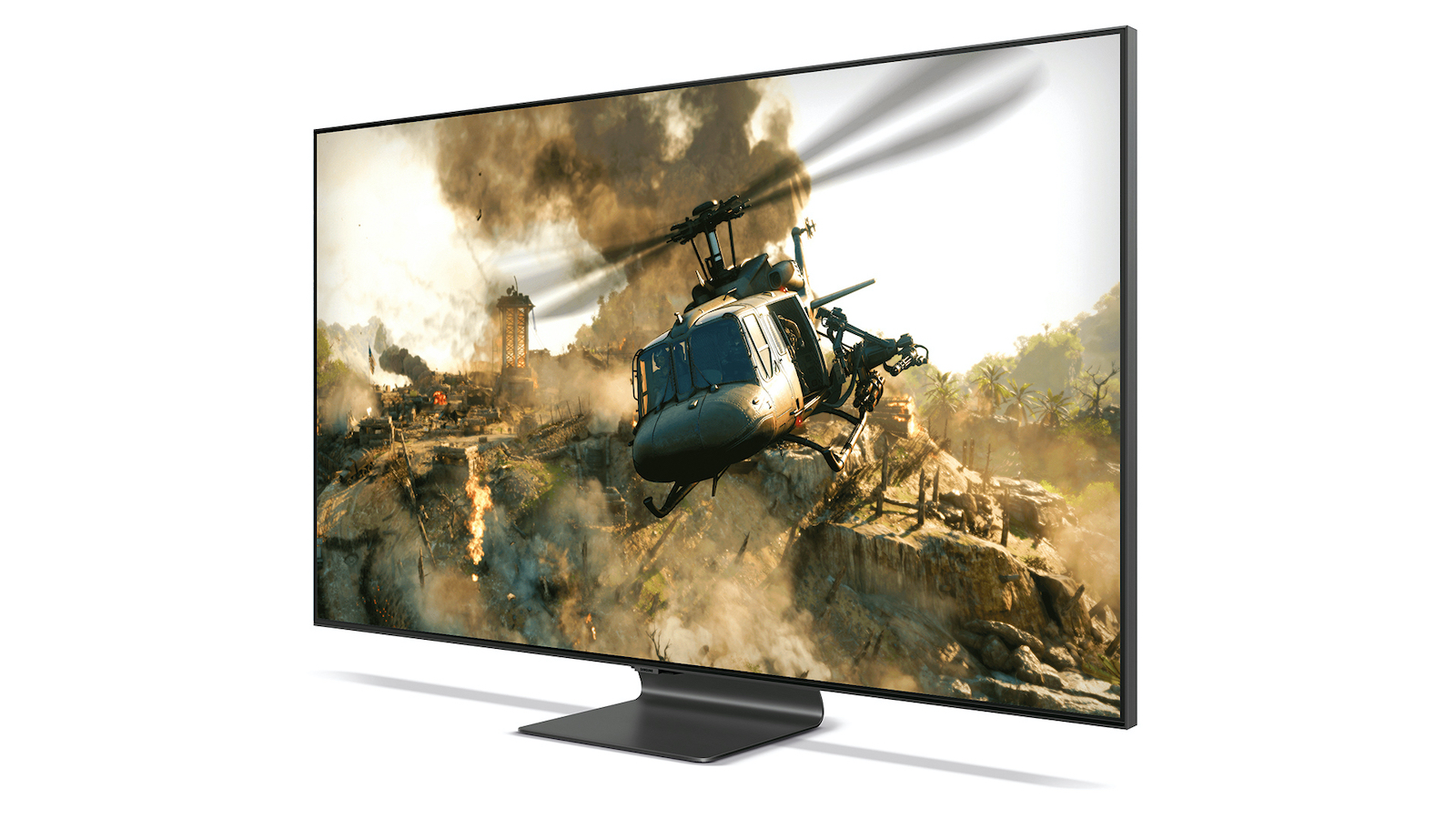
As mentioned above, the actual gaming performance of the two consoles is incredibly close.
The long and short of it is that both consoles provide native 4K gaming at frame rates that are often double those of their predecessors, and there's often extra graphical detail and polish, too. You might be playing the same games as those people still using a PS4 or Xbox One, but there's no denying the generational upgrade in terms of presentation and performance.
If you're considering using one of these next-gen consoles as a Blu-ray player, there are things to bear in mind, such as the fact that the Xbox Series X supports Dolby Vision but the PS5 does not. On the other hand, the Xbox Series X is a fair bit louder than the PS5 when spinning a 4K Blu-ray.
Ultimately, neither is up there with even affordable standalone players such as the Sony UBP-X700 for detail and subtlety, although each puts in a perfectly respectable performance.
It's a similar story with streaming. A standalone streamer such as the Apple TV 4K puts in a more nuanced and authentic performance, not least because it's happy outputting content at its original refresh rate, unlike both of the consoles. The PS5 even goes so far as to upconvert SDR content to HDR, which creates colour and contrast issues with some films and TV shows. The Xbox Series X doesn't do this, and that's to be applauded. The Xbox's support for Dolby Vision is a big deal for streaming, too, assuming you've got a TV that also supports it.
All told, it's a case of swings and roundabouts here. Gaming performance is roughly equal, the PS5 is the better Blu-ray player and the Xbox Series X is marginally the better video streamer. Ultimately, which is right for you will depend on your priorities, but this round has to go down as a draw.
** Winner: Draw **
PS5 vs Xbox Series X: sound quality
Spinning up the bombing-run scene of Unbroken via Blu-ray, it turns out that the PS5 can do a very good job of Dolby Atmos soundtracks when given the chance. It doesn’t quite have the crispness or dynamic punch of a dedicated player such as the Sony UBP-X700, but the console produces a muscular, room-filling sound with good clarity and well-placed sound effects.
The PS5’s bespoke 3D audio system is great, too. We test it with a pair of B&O BeoPlay H2 on-ears and the extravagant Grado GS2000e over-ears, each plugged into the DualSense controller, plus the official Sony PlayStation Pulse 3D Wireless Headset. In each case, we find that the so-called Tempest Engine delivers open, spacious and atmospheric sound with good placement of effects and a convincing sense of three-dimensionality.
In the CIA safehouse at the start of Call Of Duty, the 3D audio gives a real sense of the cavernous nature of the place, the distance of each character as they speak and the echo as their voice reacts to the interior walls of the warehouse. You get none of this when listening in simple stereo.
There’s a slight synthetic note to the presentation that isn’t there when listening through proper speakers and, try as it might, the processing can’t quite place effects directly in front or behind you. Still, if you don’t already have a surround sound package, the PS5’s 3D audio is an excellent solution that makes use of the headphones you may already own.
For a games console, the Series X is very capable, sonically speaking. It gets to the core of a soundtrack and delivers it with reasonably impressive clarity, solidity and atmosphere. Play an Atmos-enabled film or game, such as 1917 or Gears 5, and the console delivers a great sense of place, filling the room with effects that sweep across the soundstage as the action unfolds.
That said, if you once again compare the Series X to the Sony UBP-X700 Blu-ray player, it’s clear that the latter is a sonic step up in just about every way. As Lance Corporal Schofield makes his mad dash through the enemy-infested streets in 1917, the Sony’s added punch, detail, precision and dynamic expression combine for a more intense and engaging experience.
But maybe that's an unfair comparison (no one really expects a games console to trump a dedicated Blu-ray player for sound, after all). And in its own right, the Xbox Series X’s audio performance leaves little room for complaint. And if you add the Xbox Wireless Headset you can have Dolby Atmos and DTS Headphone:X piped directly into your ears.
When all is said and done, this has to be put down as another draw.
** Winner: Draw **
- The rise of Dolby Atmos and why the 'Atmos' badge isn't always a good thing
- PS5 Digital Edition vs Xbox Series S: which all-digital console is better?
PS5 vs Xbox Series X: games
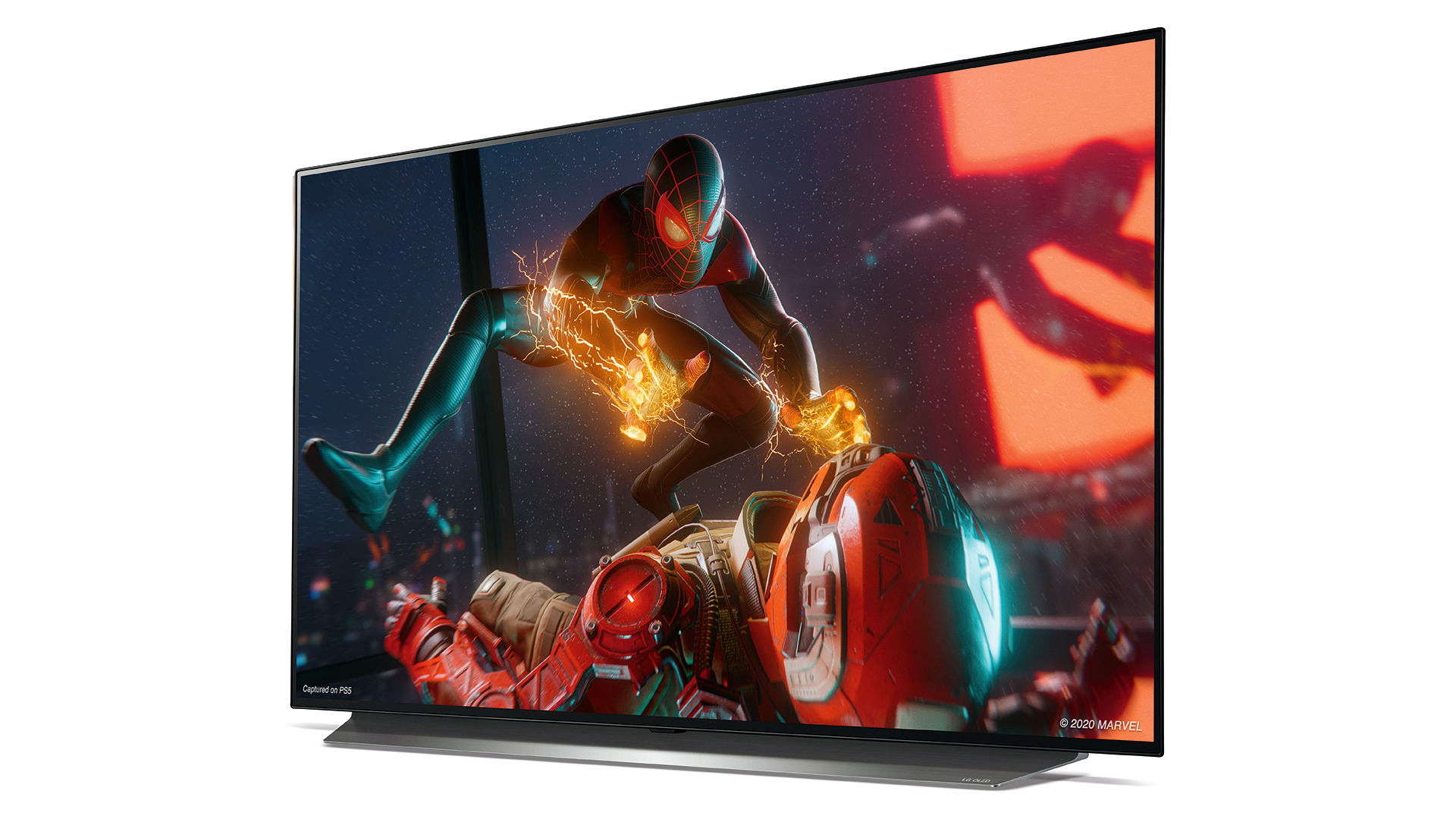
Once upon a time, we'd be pitting these consoles against each other on the merit of their exclusive titles, however, there has been a paradigm shift this year that has put the PS5 at an advantage.
While the Xbox Series X has some notable exclusive titles such as Halo Infinite, Forza Motorsport and Starfield, Microsoft has been softening its stance on exclusivity and is instead positioning itself more as a publisher.
That's resulted in a steady flow of Xbox-exclusive titles making their way to the PS5, including the excellent racing game Forza Horizon 5, as well as Sea of Thieves and the soon-to-be-released Gears of War: Reloaded.
Interestingly, Microsoft owns a handful of major developers, including Activision (Call of Duty, Overwatch) and Bethesda (Fallout, The Elder Scrolls), though there doesn't seem to be any solid ruling on which games are Xbox exclusives and which will be released on other platforms.
PlayStation, on the other hand, isn't returning the favour, meaning the likes of The Last of Us Part II, Marvel's Spider-Man 2 and God of War: Ragnarok are console-exclusive to the PS5, though confusingly they're also available on PC.
Regardless, the PS5 gets the best of both worlds, as it enjoys Sony's exclusive titles, a steady stream of growing Xbox titles, and games that were already shared across both platforms, including EA FC25, Grand Theft Auto V and Assassin's Creed: Shadows.
** Winner: PS5 **
PS5 vs Xbox Series X: verdict
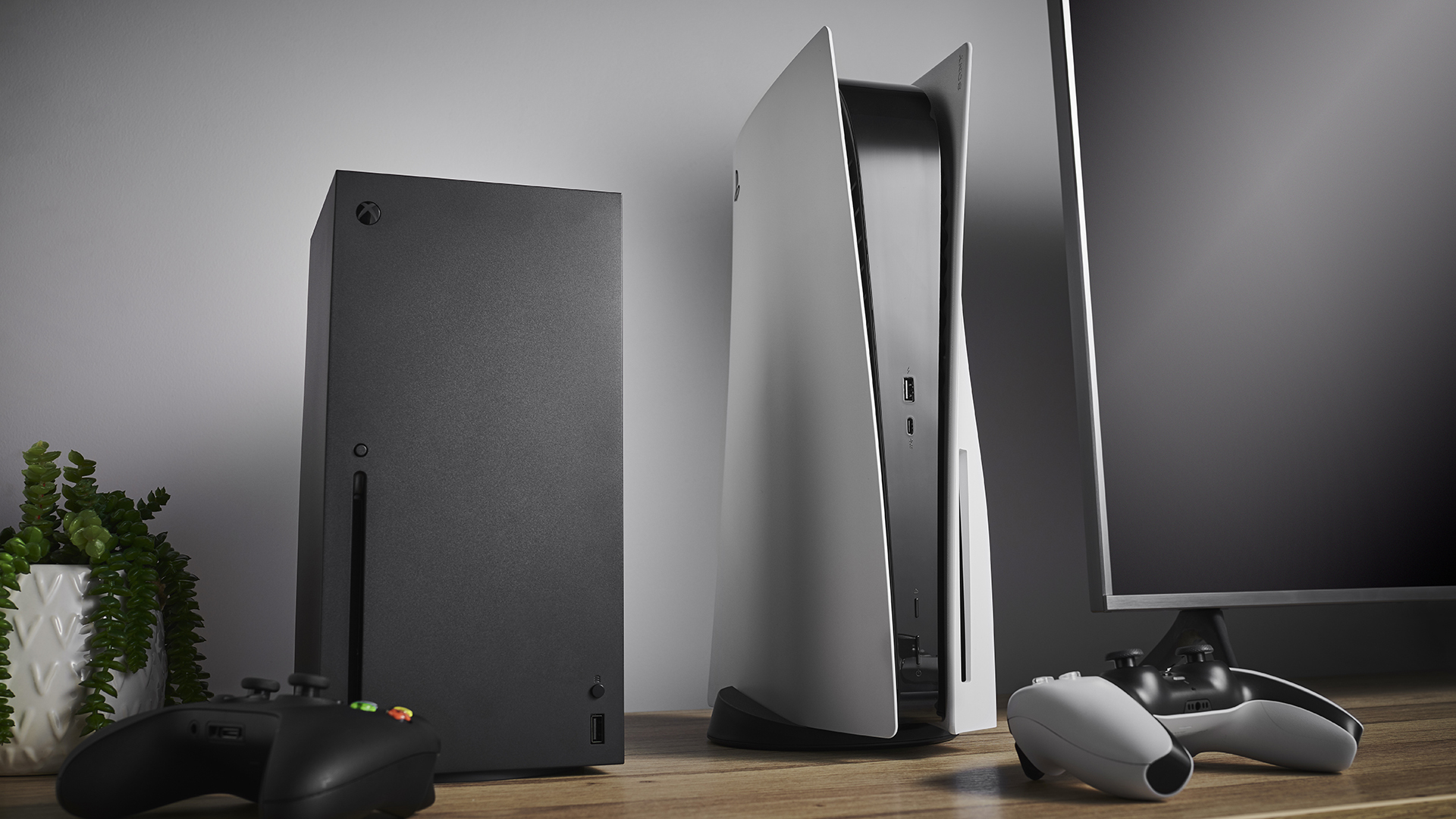
As we mentioned right at the start, this is a console generation unlike any before it; a console generation that doesn’t unlock gaming in a new resolution, and doesn’t bring with it a raft of new games that can only be played on the new machines. That leaves the PS5 and Xbox Series X having to justify their next-gen credentials in other ways, and Sony’s console does this far more effectively than Microsoft’s.
It isn’t down to the gaming performance, though. Game after game suggests that – despite the differences in specs – the actual delivery is close to identical. Both consoles deliver a super-solid 4K@60Hz experience, and both allow for the addition of beautiful ray tracing or 120Hz action on certain games. When it comes to cross-platform gaming, there’s no winner or loser here.
But when it comes to justifying itself in other ways, the Xbox Series X suffers from some peculiar decisions on Microsoft’s part. The whole experience is just too familiar. At almost every stage, the console seems determined to convince you that it’s just like the Xbox One you owned before it. That’s likely a result of the company seeing Xbox as a platform designed to work across lots of different hardware, including PCs, but it feels like a misstep here. If you’ve just forked out getting on for $500 / £500 / AU$800 on a new games machine, you want the whole experience to feel sparkly, fresh and next-generational.
None of which is to say that the Xbox Series X isn’t a very good console. It delivers on its performance targets, it’s near-silent at almost all times, it’s decidedly compact next to the PS5, and its controller has had some neat little tweaks. It just doesn’t go quite far enough, particularly in comparison to the PS5.
The moment you turn the PS5 on, it dazzles you with its flashy new user interface, delivered in native 4K and HDR. It comes bundled with a new controller that boasts genuinely game-changing haptics. It’s got a bespoke new 3D audio engine that can be tapped into by anyone, regardless of budget and space. And it comes bundled with an exclusive new game that perfectly introduces you to all of these new features.
Furthermore, a decision to bring Xbox titles to the PS5 makes the Series X a tougher sell, as once exclusive titles that would serve as a major draw to the platform are now available on its direct competitor.
Both consoles perform fairly well as streamers and Blu-ray players, but they each have their flaws in these regards and are beaten by dedicated players, so there’s little reason here to choose one over the other.
In other words, it really comes down to gaming, just as it should, and in this regard, the PS5 comes out on top by going beyond resolution and refresh rate and delivering an overall experience that’s truly next-generational.
** Overall winner: PS5 **
What Hi-Fi?, founded in 1976, is the world's leading independent guide to buying and owning hi-fi and home entertainment products. Our comprehensive tests help you buy the very best for your money, with our advice sections giving you step-by-step information on how to get even more from your music and movies. Everything is tested by our dedicated team of in-house reviewers in our custom-built test rooms in London, Reading and Bath. Our coveted five-star rating and Awards are recognised all over the world as the ultimate seal of approval, so you can buy with absolute confidence.
You must confirm your public display name before commenting
Please logout and then login again, you will then be prompted to enter your display name.

